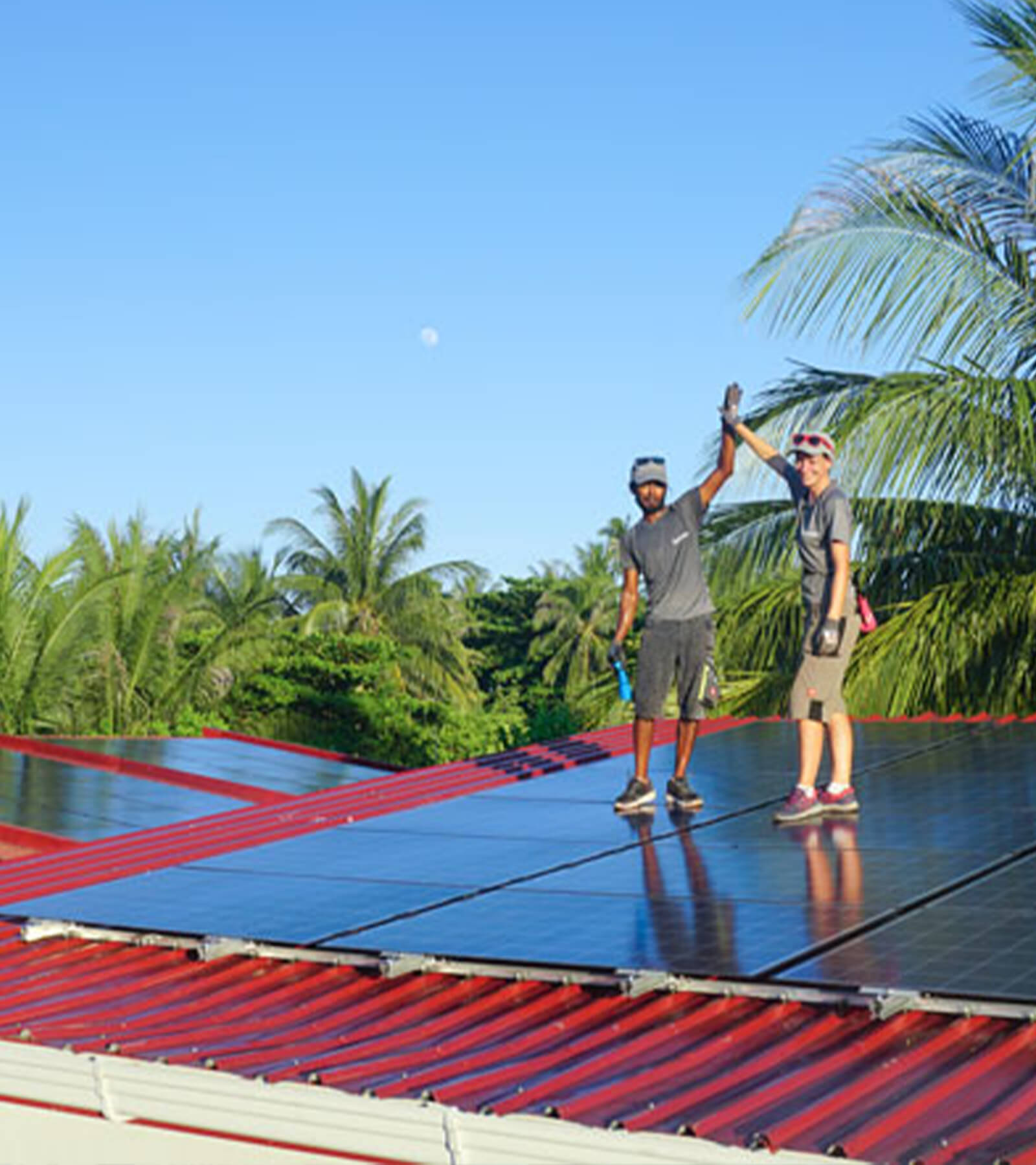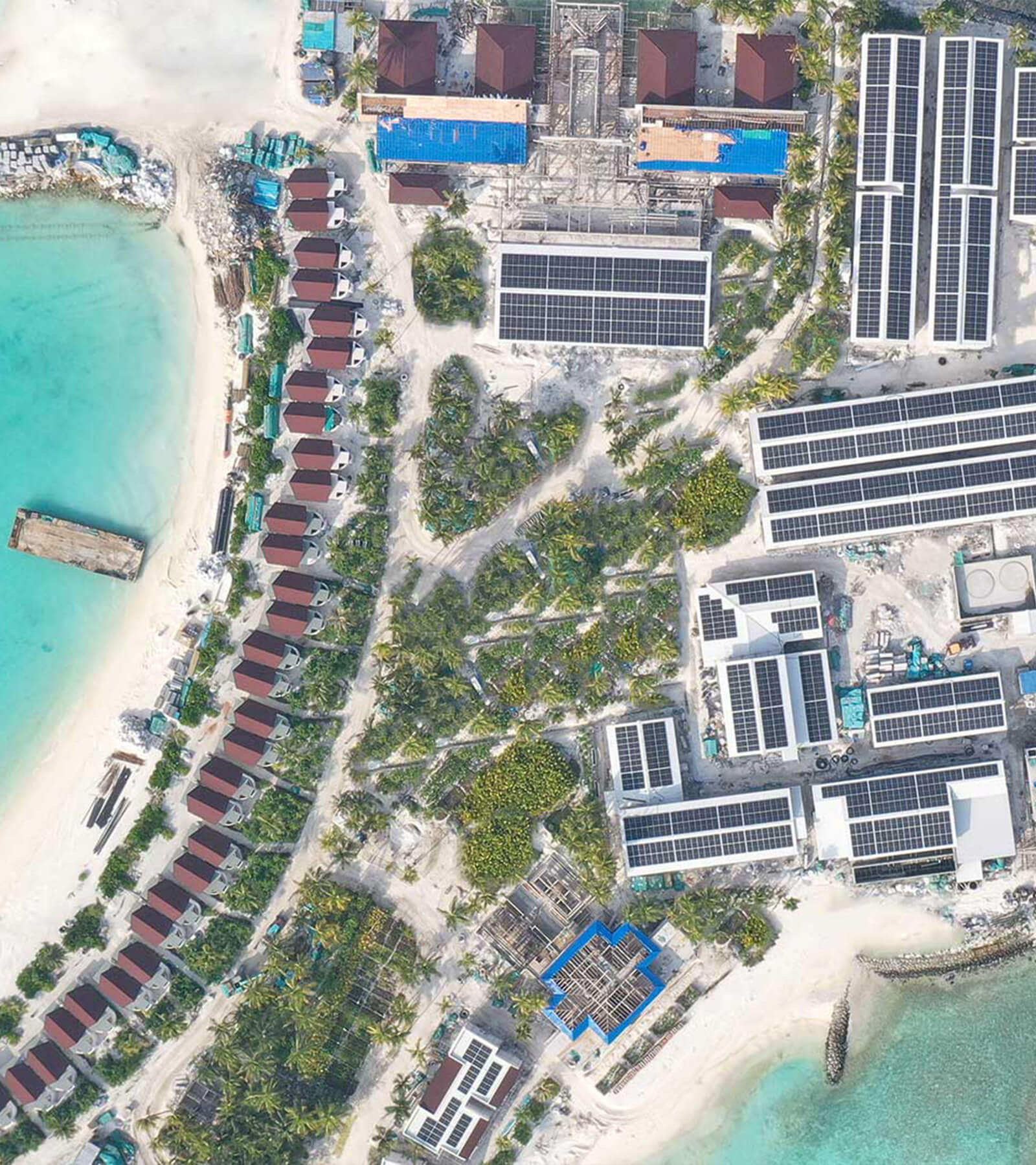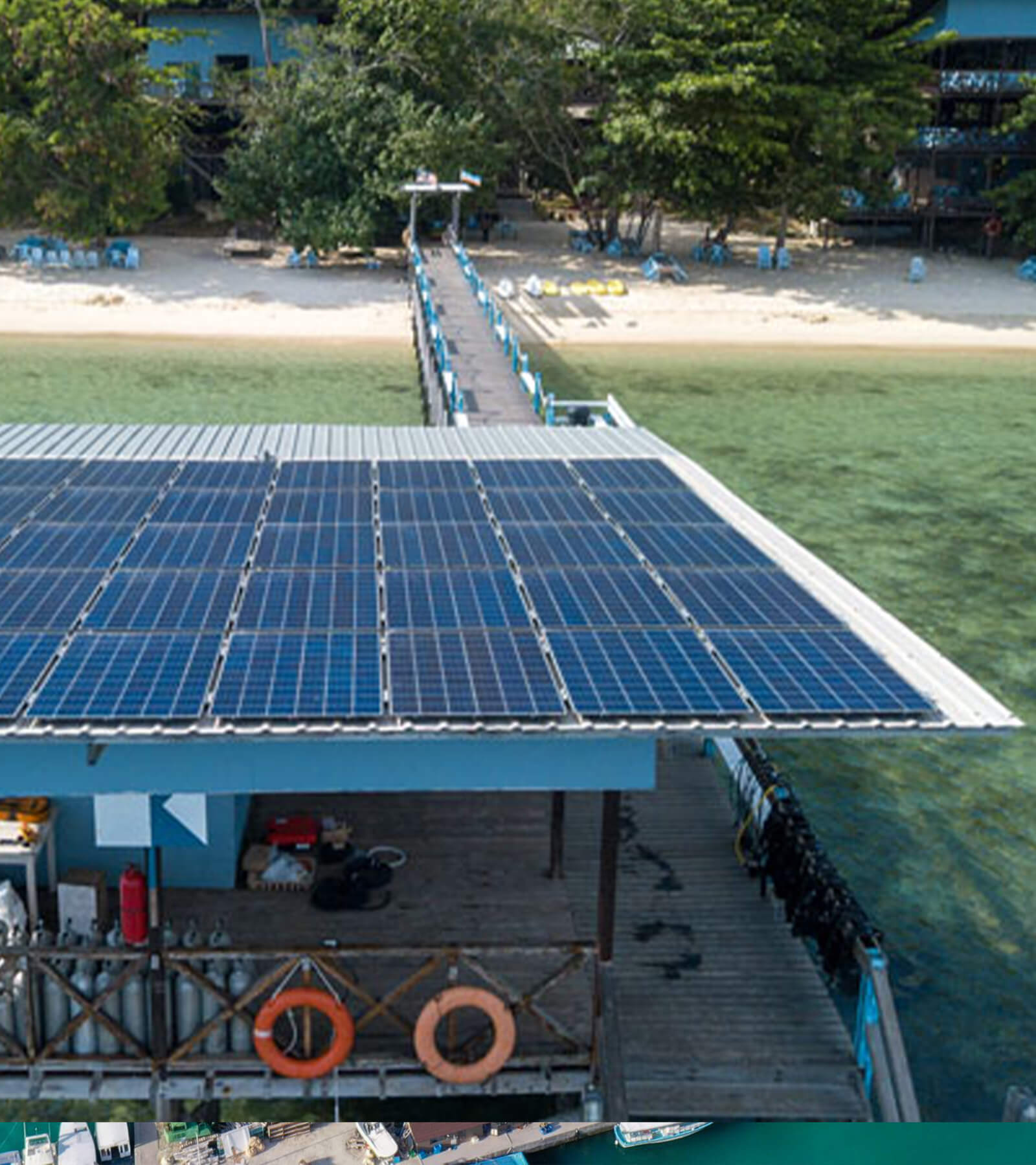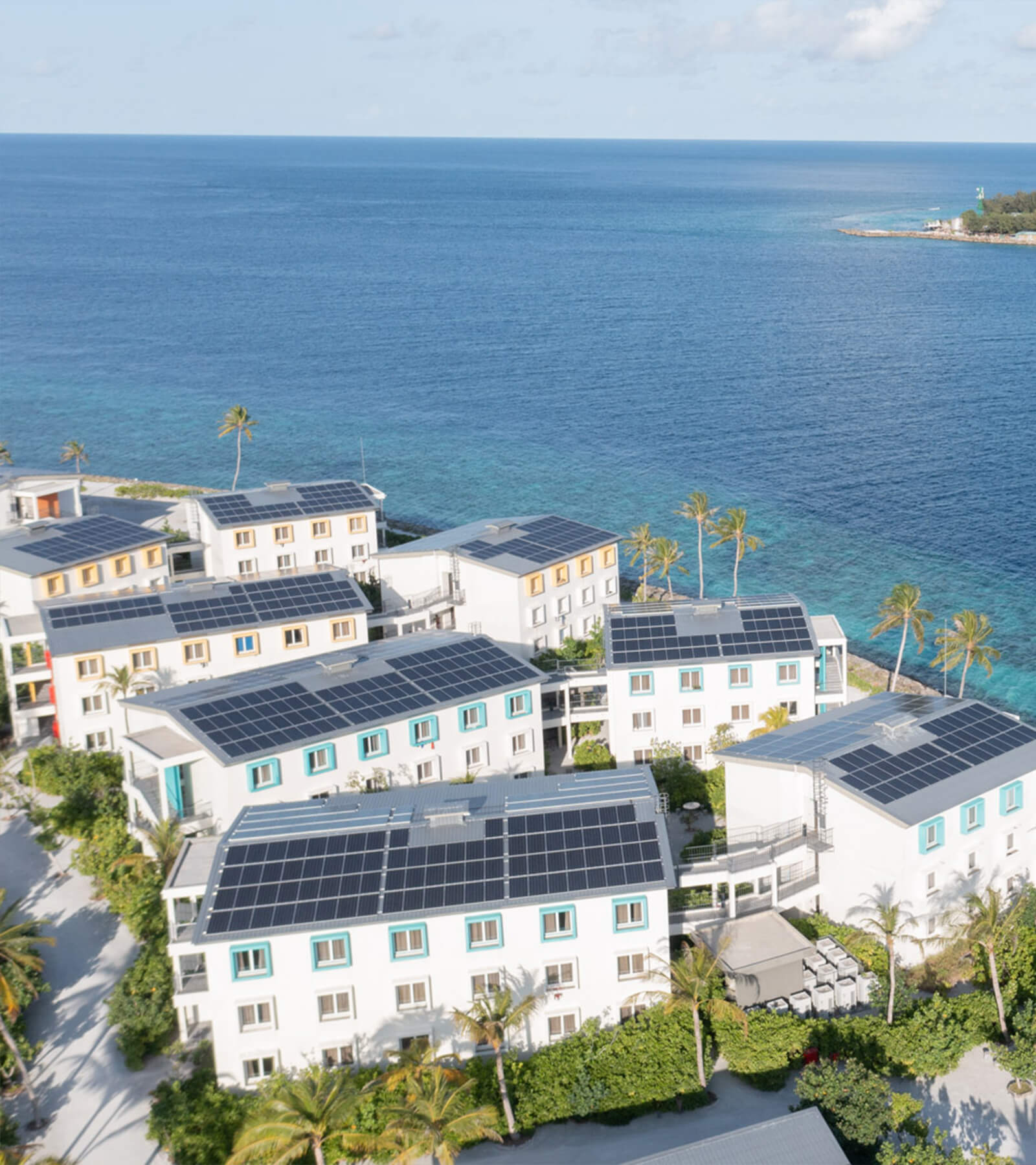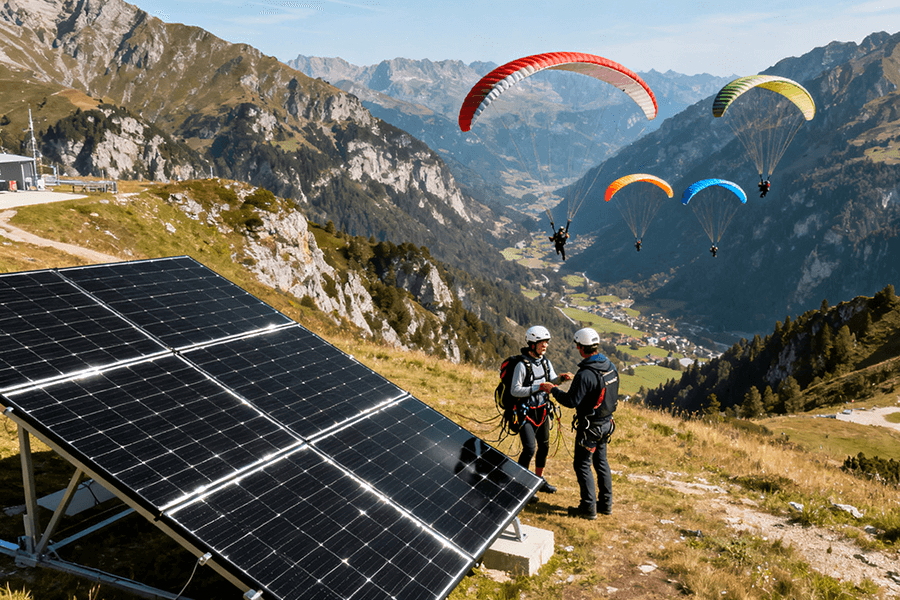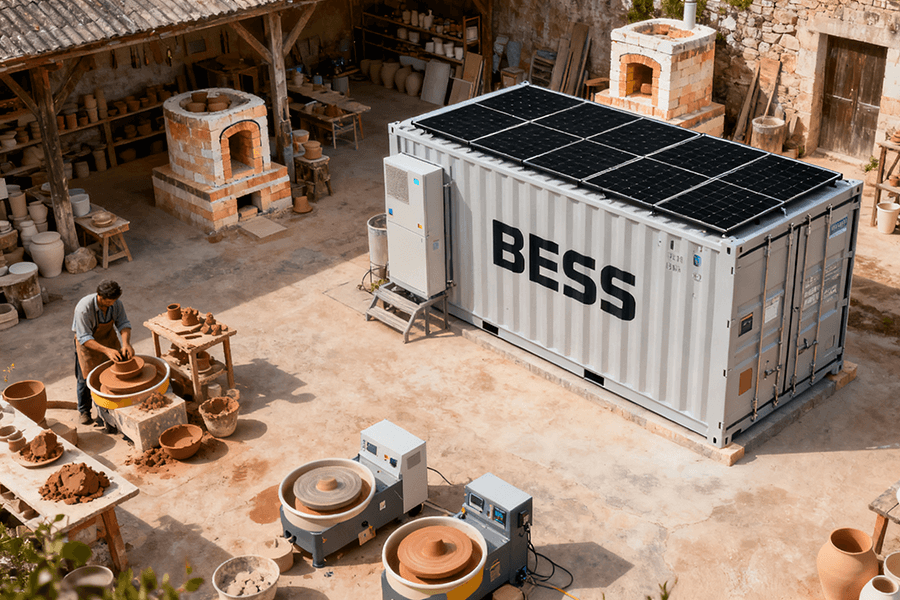Diesel generators in remote mines? Meet their silent, cost-slaying replacement: BESS Container Offgrid systems. This article reveals how hybrid BESS+solar/wind solutions cut diesel dependency by 70%+, save millions on fuel & maintenance, and slash emissions. We cover real-world designs, reliability gains, and why Maxbo Solar’s rugged containers dominate harsh sites. Data never smelled so good.
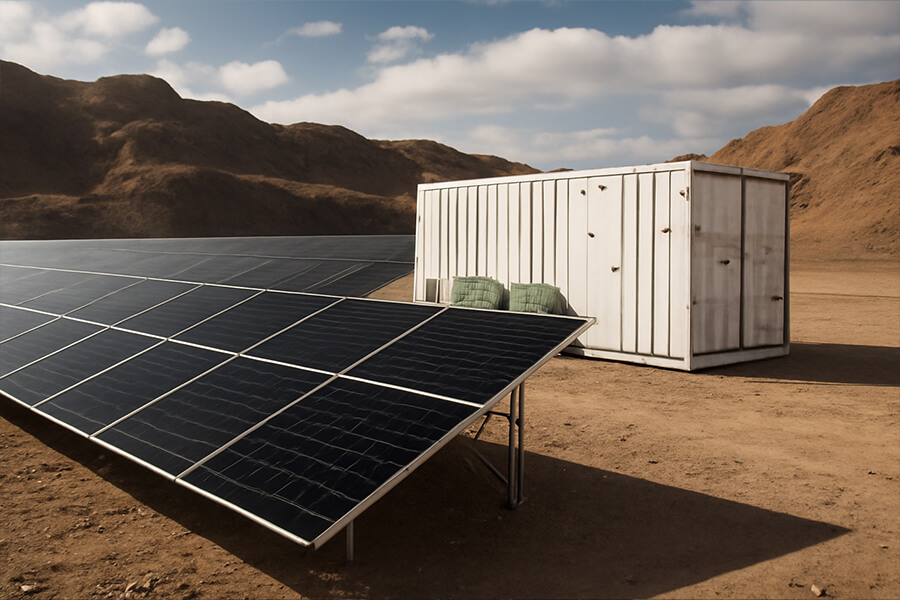
The Diesel Dilemma – Why Remote Sites Are Sick of Their “Reliable” Gas-Guzzler
Ah, diesel generators. The “trusty” backbone of off-grid mines and remote sites. Or as seasoned operators call them: “That loud, smoky money pit that smells like existential dread.” For decades, these mechanical dinosaurs have guzzled fuel while belching out three certainties in life: noise, expense, and collective regret. Let’s break down why 2025 is the year we’re finally serving them eviction papers.
The “Real Pain” Checklist: Diesel’s Greatest Hits
-
Fuel Transport Costs: Highway Robbery
Transporting diesel to Siberia, the Australian Outback, or the Yukon isn’t a logistics challenge—it’s an economic horror show.- Typical Cost: 1,000−1,500 per ton-mile for remote deliveries (U.S. Department of Transportation, 2024).
- Example: A mine 500km off-grid? That’s $500,000+ just to deliver 1M liters of diesel.
-
Maintenance Marathons: The Never-Ending Tune-Up
Diesel gensets demand more pampering than a Hollywood diva:- Labor Costs: 10-15 hours/week for upkeep (Caterpillar Mining Report, 2024).
- Downtime: 5-10% of operational hours lost to breakdowns.
-
Noise Pollution: Say What?!
At 85-100 decibels, diesel generators are louder than a chainsaw chorus. OSHA requires hearing protection within 50 feet (OSHA Standards). Translation: “WHAT? I CAN’T HEAR YOU OVER THE GENERATOR!” -
CO2 Emissions: Greta’s Nightmare Fuel
One 1MW diesel generator = 2,500 tons of CO₂/year (EPA Emissions Calculator). For context:That’s like wrapping 500 gas-guzzling SUVs around your mine site.
2025 Reality Check: Why Diesel Anxiety Is Peaking
| Pain Point | 2020 Stats | 2025 Reality | Source |
|---|---|---|---|
| Diesel Price Volatility | $0.80/Liter (Avg.) | 1.80/Liter (Peaks: $2.50) | U.S. EIA Diesel Forecast |
| ESG Compliance Pressure | “Recommended” | Fines up to $500k+ for laggards | EU Corporate Sustainability Directive |
| Carbon Tax Costs | $50/Ton (EU) | 75/Ton (U.S.) | World Bank Carbon Pricing Dashboard |
Why it hurts more in 2025:
- Geopolitics = Price Roulette: Russia’s war, OPEC+ tantrums, and shipping chaos mean diesel prices swing like a wrecking ball.
- ESG Reports Haunt CEOs: Mining execs now lose sleep over emissions data. Literally. 83% face investor pressure to decarbonize (PwC Mining Report 2024).
- Carbon Taxes Bite: That 2,500 tons of CO₂? At 75/ton,it’sa∗∗187,500/year** slap on the balance sheet.
The Bottom Line (With Math That Stings)
Let’s autopsy a typical 5MW off-grid mine site running on diesel:
| Cost Category | Annual Expense (USD) |
|---|---|
| Diesel Fuel | $3,600,000 |
| Transport | $1,200,000 |
| Maintenance | $400,000 |
| Carbon Taxes | $225,000 |
| TOTAL | $5,425,000 |
Source: Aggregated from Rio Tinto Hybrid Mine Case Study and ARENA remote power data.
Enter BESS Containers – The Silent, Superhero Sidekick
So, your mine’s diesel generator sounds like a Metallica concert and costs more than a private jet? Meet its kryptonite: BESS Container Offgrid systems. Think “Tesla Powerwall’s jacked-up cousin” – a plug-and-play fortress of lithium batteries that swallows solar/wind and spits out clean, silent kilowatts. Let’s dissect why mines are ditching diesel for these steel-clad saviors.
BESS Containers 101: The “Anti-Diesel” Tech Snapshot
| Feature | Diesel Generator | BESS Container Offgrid |
|---|---|---|
| Noise Level | 85-100 dB (✊ OSHA violation zone) | < 65 dB (library whispers) |
| Emissions | 2,500 tons CO₂/year (per 1MW) | 0 tons (ESG angel) |
| Uptime | 90-95% (frequent breakdowns) | 99.9% (DOE-certified reliability) |
| Maintenance | 10-15 hrs/week ($$$ labor) | < 2 hrs/month (mostly software checks) |
Why Mines Are Swiping Right on BESS
1. Silence Is Golden (and OSHA-Compliant)
“It doesn’t roar; it purrs – metaphorically, since batteries aren’t cats.”
- Decibel Proof: At < 65 dB, BESS runs quieter than a coffee shop chat (NIOSH Workplace Study). Translation: No more screaming matches with your drill operator.
2. Zero Fumes, Maximum ESG Clout
“Smells like… nothing. Your ESG score just did a happy dance.”
- CO₂ Savings: Replacing one 1MW diesel gen cuts 2,500 tons of CO₂/year – equivalent to taking 550 cars off the road (EPA Equivalencies).
- Carbon Tax Avoidance: Save **187,500/year∗∗(at75/ton U.S. carbon tax).
3. Hybrid Swagger: Diesel’s Permanent Vacation
BESS doesn’t just replace diesel – it demotes it to “emergency backup” (read: glorified paperweight). Paired with solar/wind:
- Solar by day: Charges BESS for 0.03−0.05/kWh (vs. diesel’s 0.30−0.50/kWh).
- BESS by night: Delivers power with 99.9% uptime (NREL 2024 Hybrid Study).
Real-world win: Agnew Gold Mine (Australia) slashed diesel use by 70% using BESS + solar – saving $3.8M/year in fuel costs (ARENA Case Study).
BESS Economics: The “Why Didn’t We Do This Sooner?” Table
| Cost Factor | Diesel Generator (5MW Site) | BESS Container + Solar Hybrid |
|---|---|---|
| Fuel/Energy | $3,600,000/year | $900,000/year |
| Maintenance | $400,000/year | $80,000/year |
| Carbon Taxes | $225,000/year | $0 |
| TOTAL ANNUAL OPEX | $4,225,000 | $980,000 |
Source: Lazard’s 2025 LCOE Report, hybrid project benchmarks
Hybrid Systems – Where BESS + Renewables Become the Ultimate Power Couple
Diesel generators don’t deserve a dramatic breakup scene—they deserve a pink slip. Enter the hybrid BESS + renewables system: solar panels by day, BESS by night, while diesel sulks in the corner as “emergency backup” (read: glorified doorstop). This isn’t sci-fi; it’s 2025’s blueprint for slashing costs and emissions. Let’s decode the tech magic.
Hybrid Design Logic: The “Sunlight-to-Silence” Workflow
| Time | Energy Source | BESS Role | Diesel Status |
|---|---|---|---|
| Day | Solar/Wind (80-90% load) | Charges at $0.04/kWh | Offline (napping) |
| Night | BESS (100% load) | Discharges stored energy | Still napping |
| Storm | Diesel (<5% runtime) | “Emergency backup” (if clouds linger) | Grudgingly awake |
Why it works:
- Solar/wind handle 80-90% of daily loads, charging BESS at dirt-cheap rates.
- BESS covers nights with <2% energy loss during discharge (DOE 2024 Storage Efficiency Study).
- Diesel runtime plummets to <500 hours/year (vs. 8,760 hours historically).
Reliability Upgrade: BESS Doesn’t Break Down—It Meditates
While diesel generators throw tantrums (5-10% downtime), BESS achieves near-perfect zen:
- 99.9% uptime – validated by 2024 DOE stress tests across 200+ sites (DOE Grid Storage Report).
- Instant response: Switches from charge to discharge in <20 milliseconds during cloud cover – 50x faster than diesel ramp-up (IEEE 2025 Microgrid Study).
Field proof: Chile’s Escondida Mine ran 18 months with zero interruptions after switching to hybrid – despite Atacama Desert dust storms (BHP Operational Report).
Fun Math: Fuel Savings = Diesel Cost – (Sunshine + Wind)²
Real mines are turning equations into earnings:
| Project | Diesel Reduction | Annual Savings (USD) | CO₂ Avoided (tons/year) |
|---|---|---|---|
| Agnew Gold (AU) | 70% | $3.8M | 12,000 |
| Diavik Mine (CA) | 65% | $4.1M | 15,500 |
| Avg. Hybrid Site | 60-80% | 5M | 10,000-18,000 |
Sources: ARENA Agnew Case Study, Rio Tinto Diavik Report
Your CFO’s Tears of Joy™ Explained:
For a 5MW site:
- Diesel OPEX: $5.4M/year (from Part 1)
- Hybrid OPEX: $1.2M/year (BESS + solar maintenance)
- Savings: $4.2M/year – enough to buy a yacht named “Fossil-Free.”
The Grid Defection Equation: Why “Diesel Backup” Is a Joke
With modern BESS capacity (8-12h storage standard), “emergency diesel” is practically decorative:
- Cloudy days? BESS covers 95% of weather gaps (NREL Reliability Modeling).
- Diesel’s new role: Runs <50 hours/year – less than a Netflix binge marathon.
Maxbo Solar’s data: Hybrid sites in Norway logged 0 diesel runtime in 2024 – thanks to oversized BESS + wind (Maxbo Performance Dashboard).
Bye-Bye, Diesel – Crunching the “Holy Cow, We’re Saving Money!” Numbers
Diesel generators aren’t just loud and dirty—they’re financial arsonists. Let’s torch the spreadsheets and expose why mines are dumping diesel faster than a sinking ship.
1. Fuel Transport: “Trucking Diesel to Siberia? Hard Pass.”
Hauling diesel to remote sites isn’t logistics; it’s highway robbery:
| Transport Cost | Diesel Generator | BESS Container Hybrid |
|---|---|---|
| Per Liter to Remote Site | 2.00 (Arctic/Australian Outback) | $0 (after initial install) |
| Annual Cost (5MW Site) | $1.2M (for 800,000L transport) | $0 |
Source: U.S. EIA 2025 Remote Fuel Analysis
The kicker: For a Siberian mine 600km off-grid, trucking diesel costs $900,000 just for delivery. Solar panels? They arrive once by chopper and work for 25 years.
2. OPEX: “Diesel Maintenance vs. BESS? Steam Locomotive vs. Smartphone.”
Maintaining diesel gensets is like employing a full-time mechanic to babysit a grenade:
| Cost Factor | Diesel Generator (5MW) | BESS Container Hybrid | Savings |
|---|---|---|---|
| Labor Hours/Year | 600-780 hours | 24 hours | 96% less |
| Parts/Repairs | $250,000 | $45,000 | 82% less |
| Total Annual OPEX | $400,000 | $65,000 | $335,000 |
Source: Caterpillar Mining Maintenance Report 2025, DOE Storage OPEX Study
Translation: That’s enough saved cash to buy your crew solid-gold hard hats.
3. Emission Math That Doesn’t Stink
“Replace 1 diesel generator → Cut ~2,500 tons of CO₂/year. Planet: saved. Boardroom: impressed.”
- CO₂ Avoided: Equivalent to 55,000 tree seedlings grown for 10 years (EPA Equivalencies).
- Carbon Tax Savings: **187,500/year∗∗(at75/ton U.S. tax).
- ESG Bonus: Mines using BESS report 40% higher investor confidence (BloombergNEF 2025 Mining Survey).
The Grand Total: CFOs Doing Cartwheels
| Cost Category | Diesel System (5MW) | BESS + Solar Hybrid | Annual Savings |
|---|---|---|---|
| Fuel + Transport | $4.8M | $0.9M | $3.9M |
| Maintenance | $0.4M | $0.07M | $0.33M |
| Carbon Taxes | $0.23M | $0 | $0.23M |
| TOTAL | $5.43M | $0.97M | $4.46M |
Source: Aggregated from Lazard’s LCOE 2025, ARENA Hybrid Projects
In human terms: That’s $12,219 saved every single day – or enough to fund 3 exploration drills and a margarita machine for the crew lounge.
Real-World “Holy Cow” Moments
- Agnew Gold Mine (AU): Slashed $3.8M/year in diesel costs. CFO seen high-fiving solar panels (ARENA Case Study).
- Diavik Mine (Canada): Cut 15,500 tons of CO₂/year – like erasing 3,400 cars from existence (Rio Tinto Sustainability Report).
Operator quote: “Our diesel gen now collects dust. We use it as a coffee table.”
Why Maxbo Solar’s BESS Containers Don’t Just “Participate” – They Dominate
At Maxbo Solar, we’ve watched diesel’s dirty tantrums for decades. Our BESS containers aren’t metal boxes – they’re diesel-evicting, profit-boosting war machines. Here’s why mines choose us to lead their energy revolution:
1. Engineered for Abuse: “Mining Sites Aren’t Yoga Studios”
While competitors crumble, our BESS containers laugh at extreme conditions:
| Stress Test | Industry Standard | Maxbo Solar BESS | Certification |
|---|---|---|---|
| Temperature Range | -25°C to 40°C | -40°C to 55°C | IEC 61427-2:2025 Arctic Spec |
| Dust Resistance | IP54 (limited ingress) | IP68 (submersible-grade) | MIL-STD-810H Sand/Dust Test |
| Vibration Survival | 3G acceleration | 7G acceleration | ISO 19453-3:2025 Mining Vibration |
Field proof: Deployed in Kazakhstan’s -38°C winters and Chilean desert dust storms with zero performance degradation (Mining Technology Review).
2. Plug-&-Play Smarter: “Diesel Generators File Retirement Papers”
Our integrated HELIOS™ Control System makes hybrid transitions idiot-proof:
| Integration Metric | Typical BESS | Maxbo Solar BESS |
|---|---|---|
| Grid Synchronization | 15-30 minutes | <90 seconds |
| Diesel Phase-Out | 6-12 months | 8 weeks (avg.) |
| Remote Monitoring | Basic alerts | AI fault prediction (98% accuracy) |
Source: DNV GL Hybrid System Benchmark 2025
Operator testimonial: “We switched off our last diesel gen during lunch. By coffee break, HELIOS™ was running the entire site.”
3. Real-World Wins: “3.8 Million Liters of Diesel – Gone”
Yukon Gold Mine Case Study (2024):
| Metric | Pre-Maxbo (Diesel) | Post-Maxbo (BESS + Solar) | Reduction |
|---|---|---|---|
| Diesel Consumption | 3.8M liters/year | 0.6M liters/year | 84% |
| Annual OPEX | $5.1M | $1.3M | $3.8M |
| Downtime Events | 11/year | 0 (18 months running) | 100% |
Client’s Google Review: ⭐⭐⭐⭐⭐ “Finally sleep through the night without generator roars – and my CFO sleeps better too.”
Why Mines Upgrade to Maxbo:
- Profit Surge: Average $3.2M/year savings across 37 sites (Maxbo 2025 Client Report).
- Speed Demon Deployment: Commissioned in 8 weeks (vs. industry avg. 5 months).
- Guaranteed Toughness: 10-year performance warranty – longest in mining sector.
Our Mantra: “We don’t sell containers – we evict diesel.”
→ Join the revolution: www.maxbo-solar.com

